Understanding Pigment Plastic Bag Printing Ink
The realm of commercial printing is vast and complex, with pigment plastic bag printing ink standing as a pivotal component in the industry. This specialized ink is essential for achieving vivid, long-lasting prints on plastic bags, which are a staple in retail and branding. The ink's formulation is designed to adhere to plastic surfaces, providing durability and resistance to fading.
Types of Pigment Plastic Bag Printing Inks
Diverse printing needs call for different types of inks. In the sphere of plastic bag printing, the choice of ink can significantly affect the output's clarity and longevity. Laser printer inks are known for their endurance and are ideal for high-stakes printing tasks. On the other hand, inkjet printer inks are more suitable for smaller volumes, offering clear and efficient printing for various applications. Solid inks, with their wax-like consistency, and ribbon inks, used in dot matrix and thermal transfer printers, cater to niche printing requirements. UV-curable inks are also available, setting instantly under UV light exposure, providing another layer of versatility to the printing process.
Applications and Features
The application of pigment plastic bag printing ink spans across various domains, from retail packaging to marketing materials. The ink's properties ensure that it can produce sharp, smudge-proof images and text, which are essential for professional-grade outputs. For instance, the solid inks are praised for their vibrant colors and eco-friendly attributes, as they generate less waste compared to traditional cartridges. UV-curable inks stand out for their quick-drying features and are often selected for high-speed printing processes.
Choosing the Right Ink
Selecting the appropriate pigment plastic bag printing ink involves considering the printer type and the desired print quality. Factors such as the printing surface, the volume of printing, and the environmental conditions of the printed materials' usage also play a crucial role. It is important to match the ink type with the printer's specifications to ensure optimal results. For those seeking to achieve professional-level detail and finish, high-grade inkjet inks may be the preferred choice.
Materials and Advantages
The composition of pigment plastic bag printing ink typically includes a carrier liquid and a concentration of pigments, providing the ink with its color intensity and print fidelity. The advantages of using such inks are manifold; they offer superior print quality, resistance to environmental factors like UV light and moisture, and longevity, which is particularly important for items that are handled frequently or exposed to the elements.
Conclusion
In conclusion, the selection of pigment plastic bag printing ink is a critical decision for businesses looking to produce high-quality printed plastic bags. With a variety of types available to suit different printing technologies and applications, it is essential to consider the specific requirements of the printing task at hand. By doing so, one can ensure that the printed materials reflect the intended quality and durability, aligning with the objectives of the print project.







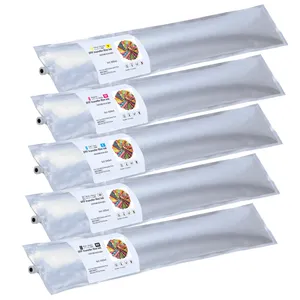

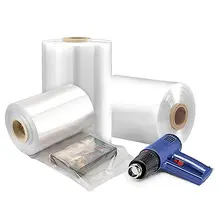
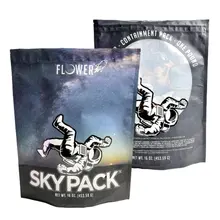

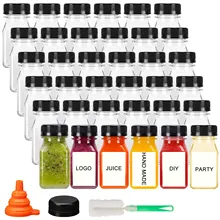
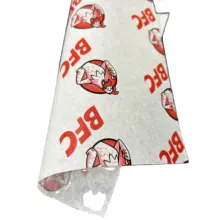


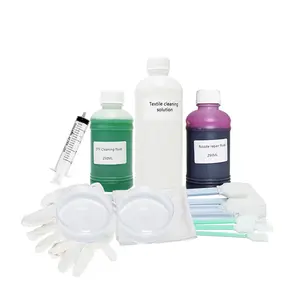
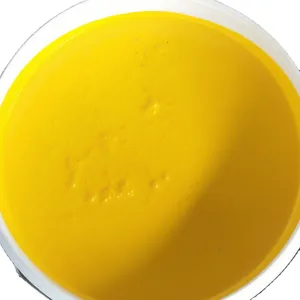
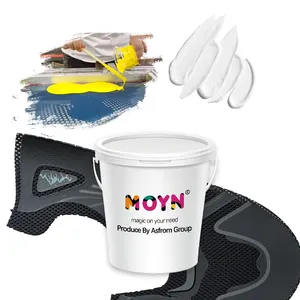





















 浙公网安备 33010002000092号
浙公网安备 33010002000092号 浙B2-20120091-4
浙B2-20120091-4